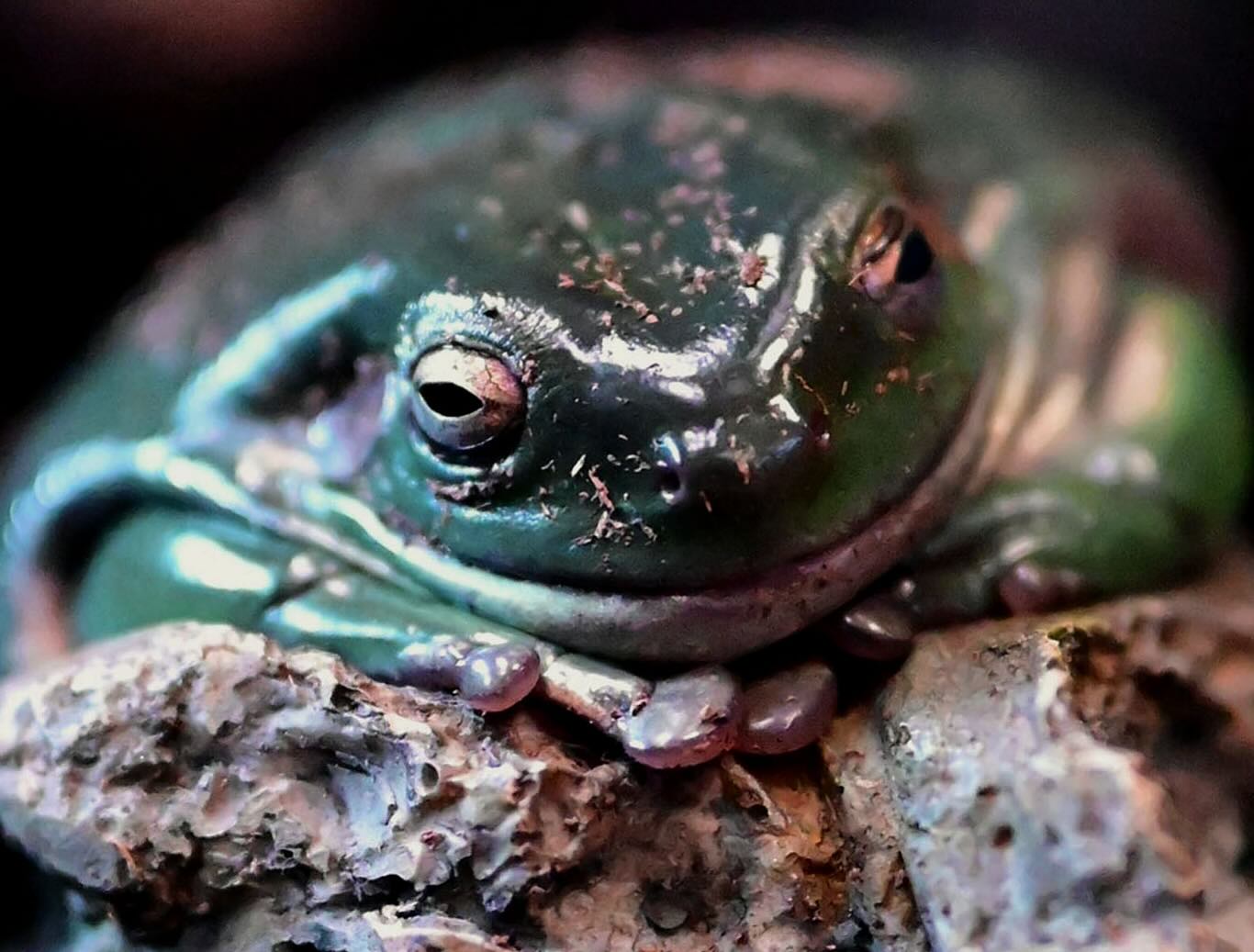- Diverse Species and Habitats: Explore the wide variety of frog species and their unique adaptations to different environments.
- Frog Anatomy and Physiology: Understand the physical characteristics and biological systems that define frogs.
- Ecological Roles and Importance: Learn about the essential environmental roles frogs play, from pest control to bioindicators.
- Conservation Challenges and Efforts: Examine the threats facing frogs today and the global efforts to protect them.
- How to Find Quick Facts Online: Discover reliable methods and resources for gathering factual information about frogs.
Frogs are astonishingly diverse creatures, each species adapted to thrive in specific environments worldwide. With over 6,000 species, frogs exhibit a vast range of colors, sizes, and behaviors, offering insights into the planet’s biodiversity. These amphibians are typically found in wet habitats, such as ponds, marshes, and rainforests, though a few species have adapted to arid climates. Their permeable skin necessitates access to moisture, playing a crucial role in their survival and habitat preference.
Frogs possess a distinct anatomy that sets them apart from other animals. Their powerful hind legs enable remarkable jumping abilities, a feature essential for escaping predators and navigating their environment. Respiratory adaptations allow frogs to breathe through their skin and lungs. The bulging eyes provide a wide field of vision, crucial for spotting prey and evading threats. Vocal sacs in male frogs are used to produce mating calls, the variety and complexity of which can differ significantly among species.
In ecological systems, frogs are pivotal. They help control insect populations, acting as natural pest regulators. As both predator and prey, frogs hold a central position in the food web, influencing the populations of numerous other species. Furthermore, they serve as bioindicators, sensitive to environmental changes, such as pollution and climate shifts, thus offering early warnings about ecosystem health.
Frog populations face significant challenges due to habitat destruction, climate change, pollution, and diseases such as chytridiomycosis. These threats have led to drastic declines in numerous species, some of which are on the brink of extinction. Conservation efforts are vital, focusing on habitat preservation, pollution control, and breeding programs. International organizations and local communities collaborate to mitigate these threats and promote frog conservation.
Accessing quick facts about frogs online involves using reputable sources like scientific journals, educational websites, and wildlife conservation organizations. Websites such as the Amphibian Survival Alliance and the International Union for Conservation of Nature provide credible and updated information. Utilizing databases like Google Scholar can aid in finding peer-reviewed studies, ensuring the data gathered is accurate and reliable.
When researching online, it’s essential to verify facts through multiple sources. Look for information that is consistent across various platforms, available in recent publications, and cited accurately. Leveraging social media and online platforms that host wildlife experts can also provide fresh insights and discussions about frogs and their conservation status.
A curious mind and appropriate tools can discover an array of fascinating facts about frogs. These captivating amphibians warrant continuous study and protection to maintain ecological balance and biodiversity. Every small effort contributes to their preservation, fostering a healthier, more vibrant planet.
*****
Source Description
How do you find quick facts about frogs?
By hopping on the internet. 🐸
Wishing a very ‘hoppy’ World Frog Day!
📸s: Kim B.


